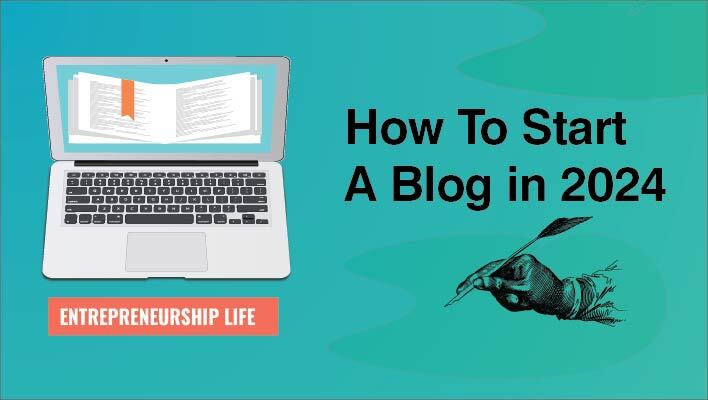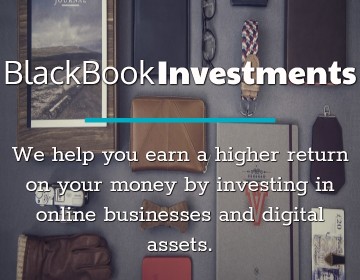
The SaaS ecosystem is brimming with tales of success. Many SaaS companies achieved remarkable growth last year.
Notably, the B2B SaaS sector of Europe thrived in 2023. The revenue of top performers tripled. The best-performing sectors were healthcare, HR, social, and green tech.
Now, the question is: was the road to growth easy to tread for these companies? Not at all. Like companies in every sector, SaaS companies also face a growth challenge.
Crunchbase News recently reported that the SaaS market kicked off on a positive note this year. B2B customer churn has dropped to an 18-month-low. This is great news, but SaaS founders must stay ahead of the curve to keep the momentum going.
As the market goes through this recalibration, there are several growth levers that every SaaS founder should know. Here, we’ll discuss a few of them.
Table of Contents
1 Add Upsell Tiers to Your Pricing
Do you know that upsell boosts revenue by 10% to 30%? Informa TechTarget has revealed that.
Upselling gives a great return on investment. If you are not offering upsell tiers in your pricing strategy, you’re leaving money on the table.
As your users grow, their needs evolve. You must be ready with plans that match their needs. Offering high-tier options will allow them to unlock premium features, bigger limits, or tailored services without going elsewhere.
Suppose you offer SaaS marketing tools. Your base plan might cover standard analytics. But your upsell tiers could offer perks like A/B testing, team collaboration tools, or 24/7 support. For bigger customers, Enterprise tiers with API access, custom reporting, or dedicated account managers would be the best.
Don’t offer too many options, however. The more choices you give, the more confused your customers will be. Stick to only a few options.
Business.com advises keeping the 25% rule in mind. Don’t try to upsell items that cost more than 25% of the original order. That way, you will avoid making outlandish suggestions and increase your chances of closing sales.
2 Be a Multi-Product Vendor
Statista’s research has shown that organizations all over the world use 130 SaaS applications, on average. Researchers found that the number of SaaS apps used by businesses has only increased until 2015.
It’s clear that businesses need multiple tools to manage their workflows. As businesses scale, they often seek vendors who can offer an integrated suite of products rather than juggling solutions from different providers.
When businesses need more tools, why offer just one? Expand your product offerings, so you can address the growing needs of your customers.
Once you’ve acquired 10,000 customers, SaaStr says that you most likely need to be a multi-product to achieve top-tier growth rates.
Freshworks, an SMB, is a case in point. As it approached 10,000 customers, it added FreshService to its product line. And that was within 4 years.
If you’re a SaaS company that offers CRM, think about what else your customers would need. Email marketing tools? Project management features? Or a robust analytics platform? Build products accordingly.
3 Localize Payments
The lion’s share of SaaS companies are based in the U.S. The country has around 9,100 SaaS businesses. The United Kingdom is a close second with 1,500 companies, followed by Canada (992) and Germany (840).
Expanding overseas can help you reach beyond $10 million in annual recurring revenue. Breaking into international markets is no piece of cake, however.
Localizing the product and marketing materials is important, but that isn’t enough. You must also offer local payment options to suit regional preferences. Many customers won’t be eager to pay in USD. Tailoring your payment options, such as supporting local currencies or region-specific gateways, can make a huge difference.
A recent feature of SaaStr revealed that SaaS companies earn around 20% of their revenues from Europe alone. If you intend to tap into the European market, offer localized payment options. Or your chances of success would be low.
To make global expansion smoother, work with a merchant of record (MoR). An MoR will handle local payment processing, tax compliance, and currency conversions on your behalf. That will help reduce legal and operational complexities.
According to PayPro Global, the MoR sets up merchant accounts in countries customers are in, which helps improve acceptance rates and minimize the number of failed transactions. Since an MoR handles cross-border payments, you can start selling immediately.
4 Promote Products Through Affiliate Marketers
The SaaS landscape is booming. Experts predict that there will be a massive jump in the number of SaaS companies—about 72,000—by the end of 2024.
As competition heats up, standing out becomes more challenging. Spread the word about your products through affiliate marketing—it’s often overlooked in the world of SaaS.
Affiliate marketing involves working with affiliate marketers who will promote your brand or products for a commission. That is, you only pay when they deliver results. Through affiliate marketing, you grow your revenue without the upfront cost of traditional advertising.
Partner strategically, however. Search for bloggers, influencers, or niche industry experts who have an audience that matches your ideal customers. These affiliates will promote your product through content like tutorials, reviews, or webinars. When their followers sign up using a unique referral link, the affiliate will get a percentage of the sale.
There you have it! Four growth levers to keep your SaaS thriving. These growth levers can serve as a guide to help you focus your efforts where they matter most.
Whether you decide to upsell tiers to pricing or promote products through affiliate marketing, stay agile and open to experimentation. Rest assured that you will grow sustainably in both the short and long term.

